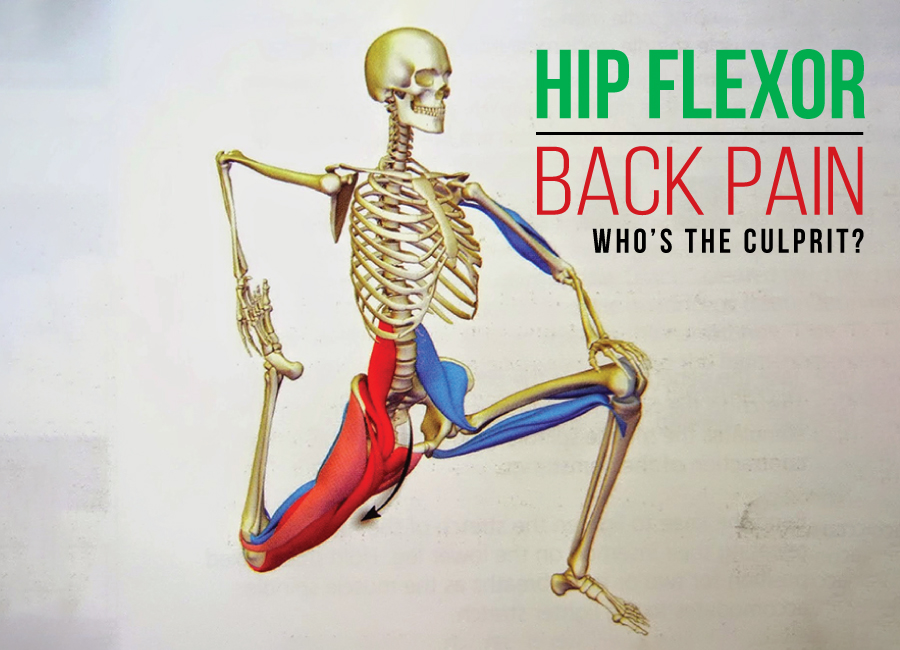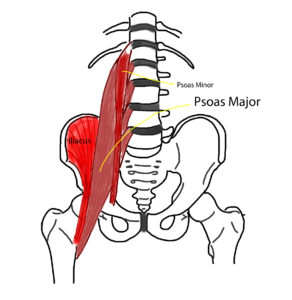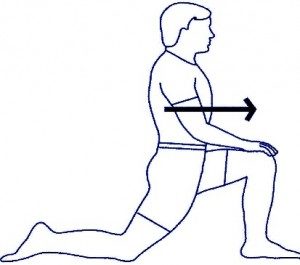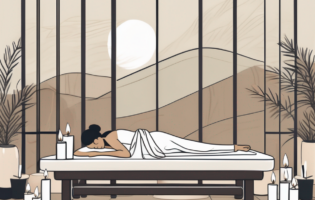Total Therapy Blog

Are your hip flexors causing your low back pain?
 This article was written by our Chiropractor, Dr. Carolyne Nellis.
This article was written by our Chiropractor, Dr. Carolyne Nellis.
My interest in holistic medicine was developed at a young age. Having benefitted from chiropractic care for two decades, I am happy to be able to offer the same natural, safe and effective care that I have received. My approach to care involves assessing and treating each individual as a whole and creating treatment plans tailored to each individual’s health care goals.
In my spare time, I enjoy staying active, exploring beautiful British Columbia and attending seminars to always provide the best, up to date care for my patients.
One of the main and often overlooked culprits in low back pain is the psoas muscle, also known as the hip flexor.
 The psoas muscle originates from T12 to L5 vertebras (lower back ) and joins with another muscle, the illiacus, to form the illiopsoas. The illiopsoas then travels to its attachment site at the lesser trochanter of the femur (hip bone).
The psoas muscle originates from T12 to L5 vertebras (lower back ) and joins with another muscle, the illiacus, to form the illiopsoas. The illiopsoas then travels to its attachment site at the lesser trochanter of the femur (hip bone).
This muscle is often hypertonic, especially with runners, people who sit a lot and people with leg length discrepancies. This hypertonicity will in turn pull the low back vertebras forward, creating a hyperlordosis (increased curvature). If left untreated, the body tries to compensate by making several structural changes, many of which can lead to additional symptoms, including low back pain.
The following symptoms are good indicators of psoas hypertonicity:
- Pain in the lumbosacral region when sitting or standing
- Delay or difficulty in achieving a fully erect posture
- Pain in the contralateral gluteal region
- Radiation of pain down the opposite leg (generally stopping proximal to the knee)
 How to treat hypertonic hip flexors
How to treat hypertonic hip flexors
- Hip flexor stretch: Keeping your trunk upright, push your hips forward. You should feel a stretch on the front of your hip on the involved side (knee on the ground). Hold this position for 20 seconds each side, twice a day.
Note: Placing a soft mat under the knee is recommended
- Muscle relaxation techniques performed by a health care provider (Chiropractor, physiotherapists, RMT)
- Correct any structural changes by visiting your chiropractor








Follow Us!
& Stay Up To Date
BLOG